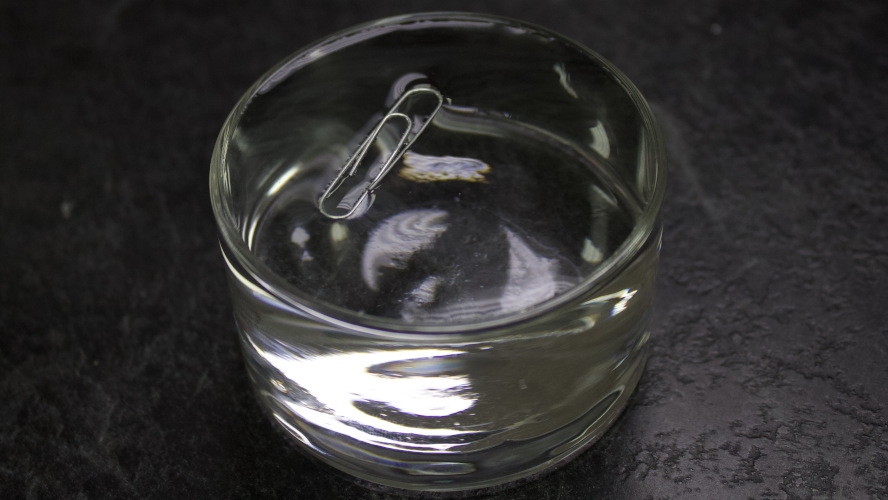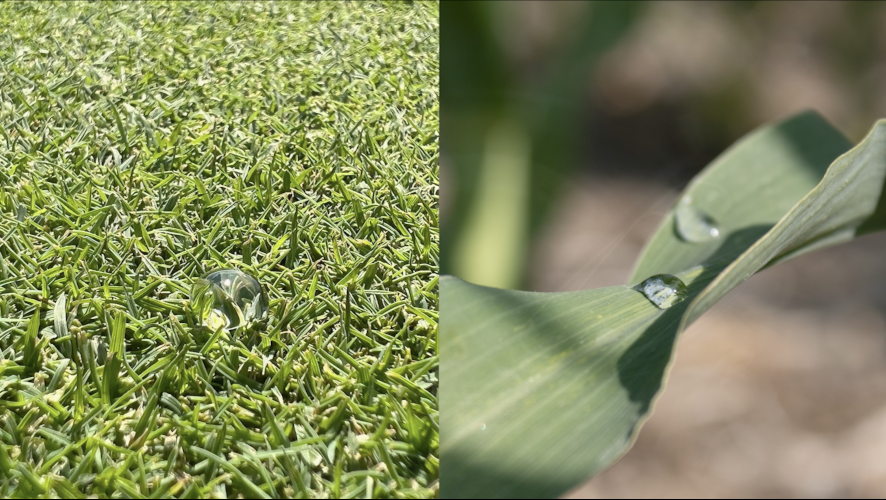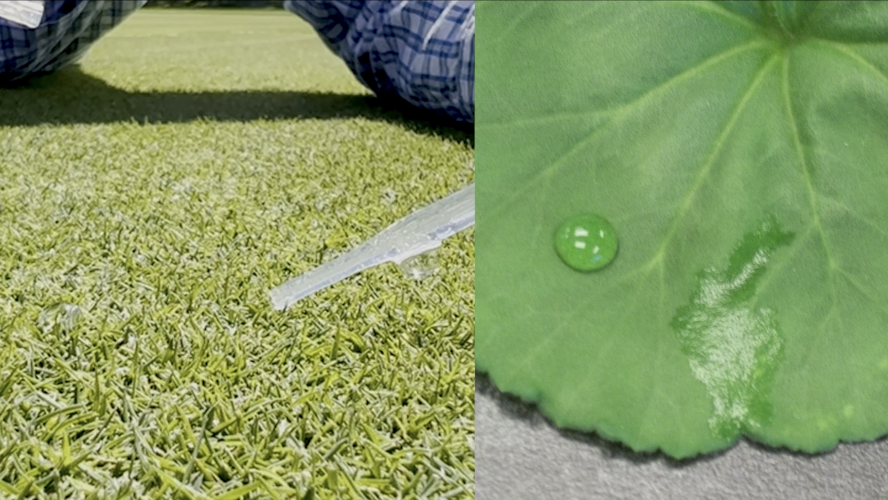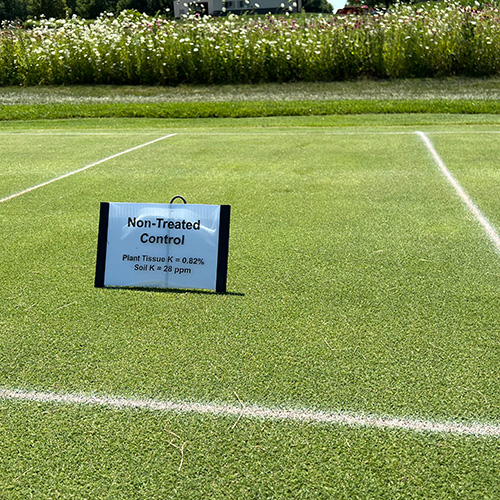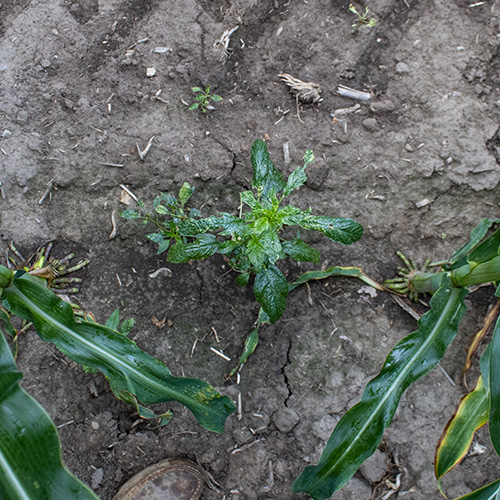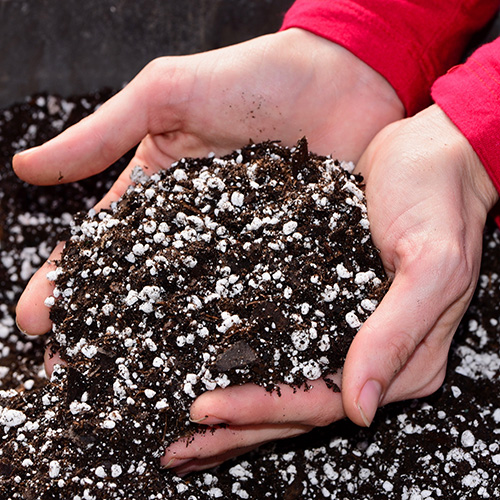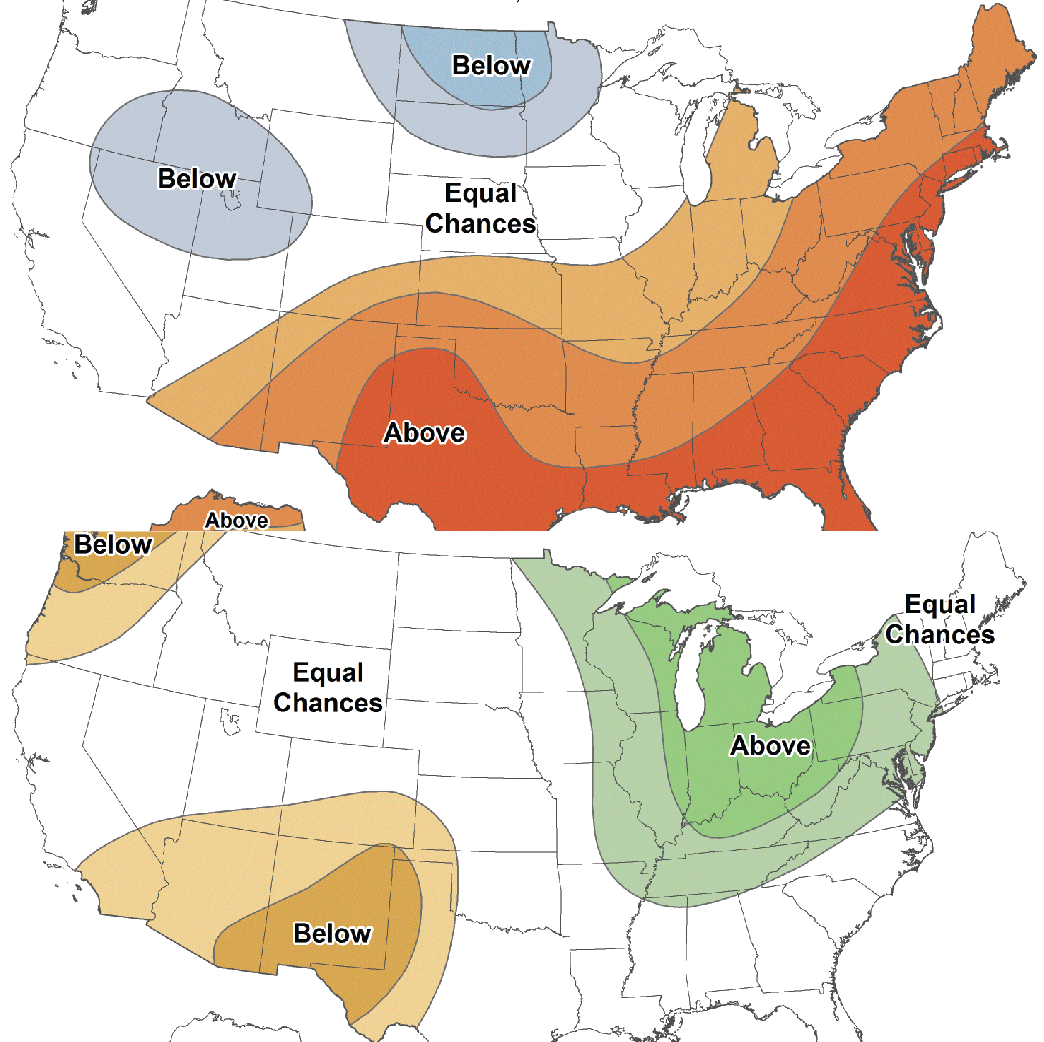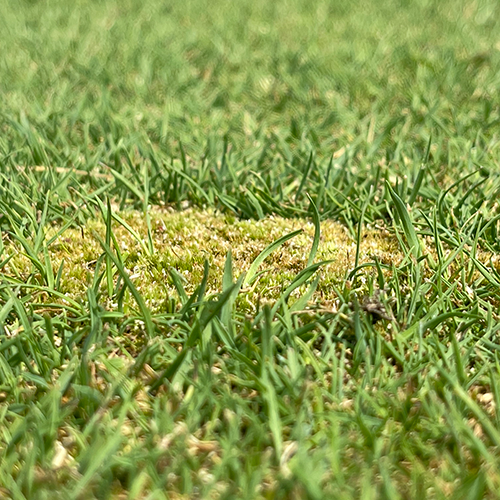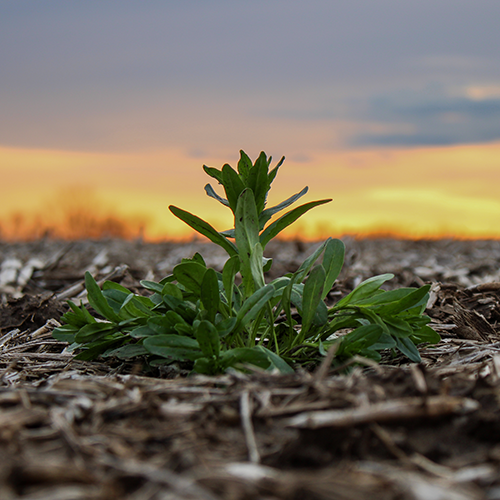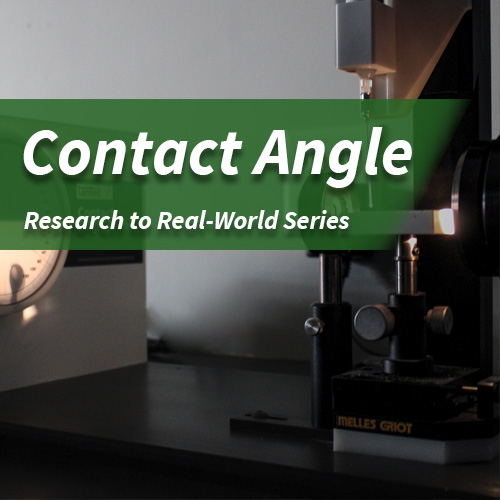
What Contact Angle Reveals About Wetting Agents & Surfactants
Understanding formulations starts in the lab. Knowing the specifications of a product can help users understand how they use may act and perform in the real-world. Exacto Chemist, Chris Walter, explains Contact Angle to help applicators better understand the chemistry behind surfactants, sticker spreaders, and wetting agents in this edition of the Research to Real-World series.



